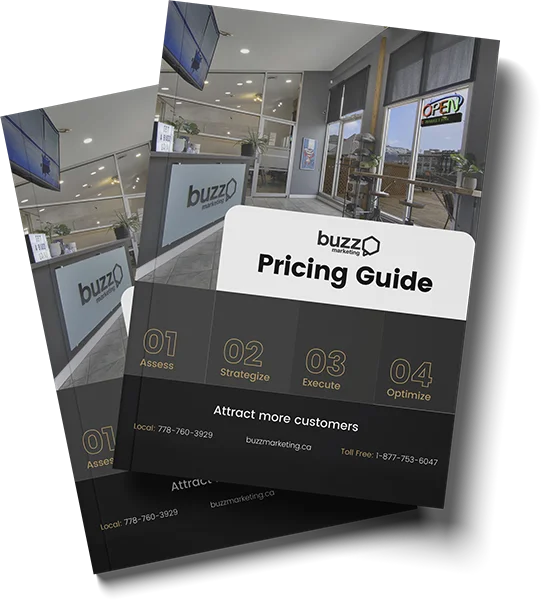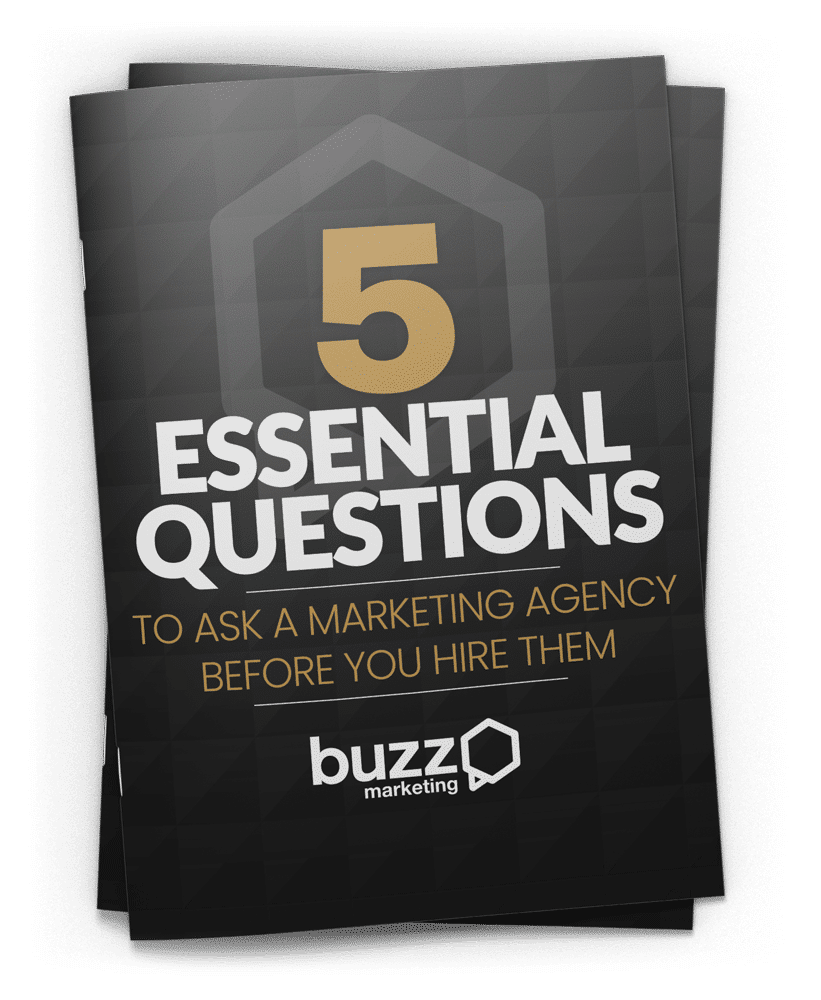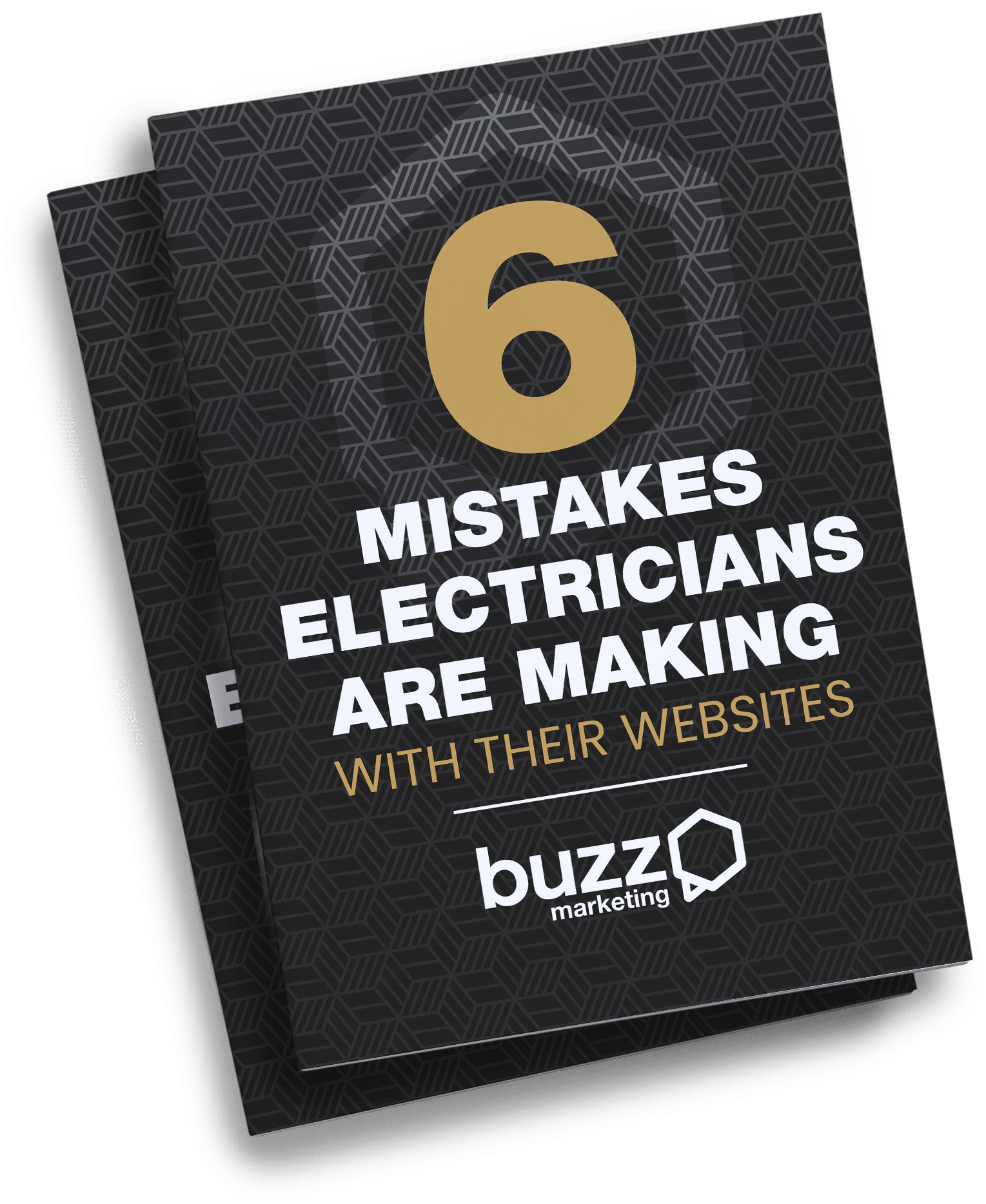
Top Marketing Trends in 2025 to Watch For
December 31, 2024
How to Master Gen Z Marketing and Millennial Marketing: A Complete Guide
January 23, 2025How to Sell Without Seeming Like You’re Selling
Selling doesn’t have to feel like a high-pressure experience for either you or your customer. In fact, the most successful sales happen when you can subtly guide someone toward an online purchase without making them feel like they’re being sold to. If you’re looking for a more natural, less “sales-y” way to approach your customers, this post is for you. We will explore how you can sell without seeming like you’re selling and build stronger relationships in the process.
1. Sell Yourself First
Before you talk about selling your product or service, it’s crucial to sell yourself. If people don’t trust you, they won’t trust your product.
The first step is building rapport and establishing credibility upfront. This means not giving a hard sales pitch right off the bat. Make sure that your target audience feels like they are talking to a real person rather than just a business owner trying to make a sale.
Authenticity is vital. People can tell when you’re being genuine, so focus on connecting with them in a way that feels natural and personal. Customers will feel more comfortable about you and your brand when you’re transparent about your motivations and what you’re offering.
2. Put the Customer Before the Sale
The key to avoiding a pushy sales approach is shifting your mindset. Instead of focusing on closing a sale, focus on understanding your customer’s needs and how you can help. You show that you care more about solving their problem than just making a profit by prioritizing the customer’s needs. This leads to a more genuine interaction where customers feel understood, not just sold to.
When you concentrate on addressing their pain points, the sale will happen naturally. They’ll feel confident that your product or service is the right fit because they can tell you truly care about their success
3. Listen to Your Customers
Listening is one of the most underrated skills in sales. Actively listening to your customer allows you to gain valuable insights into their pain points, desires, and concerns.
Instead of just talking to them about what you are selling, ask open-ended questions to truly understand what they are looking for. The more you listen, the better you can tailor your pitch to show exactly how your product or service can help them. When potential customers feel heard and understood, they’re much more likely to trust your recommendations and decide to buy your product.
4. Focus on Solving Customer Pain Points
At the heart of every sale is a problem that needs solving. People don’t buy products or services just because they want them; they buy them because they have a specific need or pain point they want to address. This is where you can focus your energy: instead of pushing a product, focus on providing a solution.
When you take the time to understand what challenges your target customers are facing, you can show them how your offering solves those problems. You’re not just selling; you’re helping them achieve a goal, alleviate pain, or make their lives easier. This approach builds trust and creates a more authentic, non-pushy sales experience.
5. Share Your Expertise
If you want to sell without seeming like you’re selling, position yourself as an expert in your field. When you share your knowledge and expertise, you establish credibility, which helps potential buyers feel more comfortable with the idea of buying from you. This doesn’t mean you need to be a know-it-all, but offering helpful advice or information that genuinely benefits your target market can go a long way.
Whether you write blogs, make videos, or host webinars, share content that addresses common questions or concerns your target audience has. This positions you as a go-to resource and naturally builds trust, making it easier for customers to feel confident in buying your product or service.

6. Show Them You’re Selling High Quality
In a crowded market, the best way to stand out is by proving that you’re offering something of real value. People want to feel assured that they’re getting their money’s worth, so show them that your product or service is top-notch.
This doesn’t need to be a hard sell. It can be as simple as sharing testimonials, showing examples of your work, or offering a free trial. When you demonstrate high quality in a non-pushy way, customers can see for themselves that what you’re offering is worth their time and money. Showing proof of your product’s effectiveness and reliability makes the decision-making process easier for them.
7. Remain Positive
People are naturally drawn to positivity, especially in a sales environment. Staying upbeat and maintaining a positive attitude, even in tough conversations, can create a welcoming and trustworthy environment.
A positive approach reassures customers that they’re making the right choice and that you genuinely care about their needs. You don’t need to be overly enthusiastic to the point of being fake, but a calm, confident, and optimistic attitude can make customers feel comfortable and more open to purchasing. Positivity also helps you navigate challenges or objections smoothly, making the entire process feel more like a conversation than a hard sell.
8. Leverage Social Proof
One of the most effective ways to sell without actually “selling” is by using social proof. Social proof is the concept that people are influenced by the actions and opinions of others, especially when making purchasing decisions. So, if you have satisfied customers, let them do the talking for you! Share customer reviews, testimonials, and case studies that highlight the positive experiences others have had with your product or service.
When potential buyers see real-world success stories from people they can relate to, it can really motivate them to become customers themselves. This subtle endorsement can help move them toward a decision without you having to push for it.
9. Maintain Contact, Especially After the Sale
Just because the sale is over doesn’t mean the relationship has to end. In fact, staying in touch after the sale is one of the best ways to build long-term customer loyalty. Follow-up emails, check-ins, and offering additional resources can show that you care about the customer experience beyond the transaction.
By maintaining contact after the sale, you reinforce that you’re not just interested in making a one-time sale but that you’re invested in providing ongoing value and support. This builds customer loyalty, which not only increases your chances of repeat business but can also turn customers into brand advocates who will recommend your product to others.
10. How Can You Provide Value?
If you truly want to sell without seeming like you’re selling, it all comes down to one thing: providing value. Whether it’s through your product, service, or the content you create, your focus should always be on offering something that improves your customer’s life. Think about what your target market really needs, and find ways to provide that.
When you consistently provide value, whether it’s through offering advice, solving problems, or delivering exceptional customer service—potential customers will naturally gravitate toward your brand. When your customers feel like they’re getting something valuable, the sale will happen organically.
The Subtle Art of Selling
Selling doesn’t have to feel like a high-pressure experience. Instead of pushing a product, focus on truly helping your customers. Build trust, solve their problems, share your expertise, and use social proof to show your value. When you prioritize the customer and offer consistent value, sales will happen naturally.
Start focusing on building authentic relationships with your target customers, and let the sales happen organically. If you need more tips or advice on how to improve your ability to sell products online or how to enhance your brand, feel free to reach out.





























